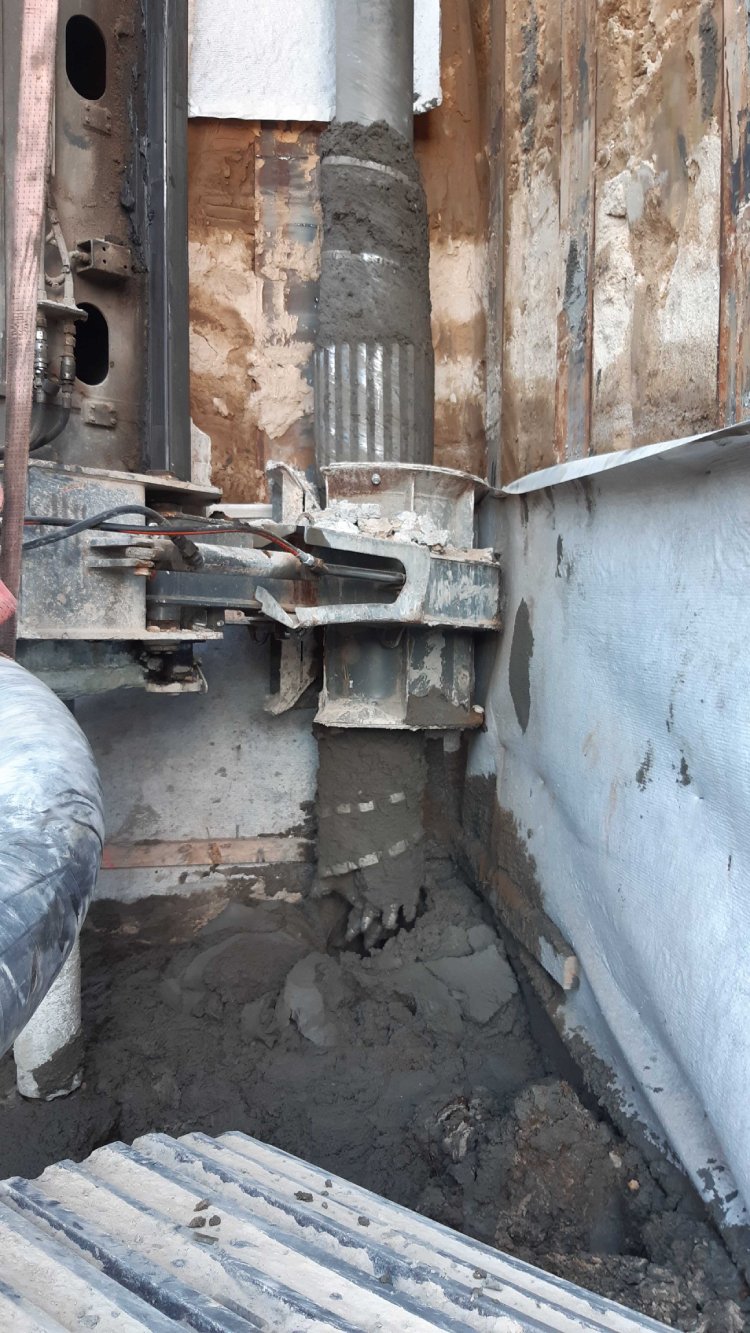Ground Improvement
Over the last 12 years CLL has progressively explored, developed and implemented several ground improvement techniques.
CLL trialled and developed liquefaction mitigation techniques for the EQC after the Christchurch earthquakes which set the team on a path of learning about the whole spectrum of ground improvement methodologies – which at the time were more prevalent in Europe and the United States. Through close connections with European, and U.S. geotechnical experts, manufacturers, and suppliers, CLL has become experts in a wide range of ground improvement techniques.
Being primarily a piling contractor with significant design experience we are acutely aware of the comparative costs between various foundation techniques and it became obvious among the team that ground improvement provided remarkable efficiencies to foundation design.
An understanding of the geology, geotech, in addition to retaining highly competent design and engineering staff, forms an essential part in developing these solutions.
CLL have partnered with a select group of Geotech designers and promote minimum levels of Geotech investigation early in projects to ensure that Ground Improvement may be evaluated quickly to avoid wasting time and money on designing conservative or inefficient solutions.
Our design objective is to prevent global and\or differential load induced settlements and seismic settlements which cannot be tolerated in structures.
CLL have developed expertise, plant and an extensive record of accomplishment in the following ground improvement techniques:
- Rammed Aggregate Piers (RAPS) – trialed with success in the red zone after the earthquakes
- Grouted rammed aggregate piers (GRAPS)
- Permeation Grouting with the Sireg developed Durvinil tube manchette system
- Compensation and Pressure Grouting
- Horizontal Soil Mixing (HSM) – successfully trialed and used in production in Christchurch after the earthquakes.
- Deep Soil Mixing (DSM)
- Rigid Inclusion’s via rotary installed full displacement technique
- Olivier rigid inclusions (developed in Belgium – technique uses highly specialized tooling which reduces concrete consumption x 40%)
- Preload with wick drain installation and or RAPs installation to accelerate settlement and in the case of RAPs to additionally control settlement.
“Ground Improvement commonly provides remarkable efficiencies in foundation design. The simplicity and efficiency extend from the actual ground improvement technique into the structure of the building as there are no pile caps with associated connections into concrete foundation, and slab design can be simplified into a raft or a hybridized raft which are faster and less expensive to build. Base shear may be taken out with friction as opposed to having to design piles to resist lateral seismic loads.”
— Terry Donnelly

